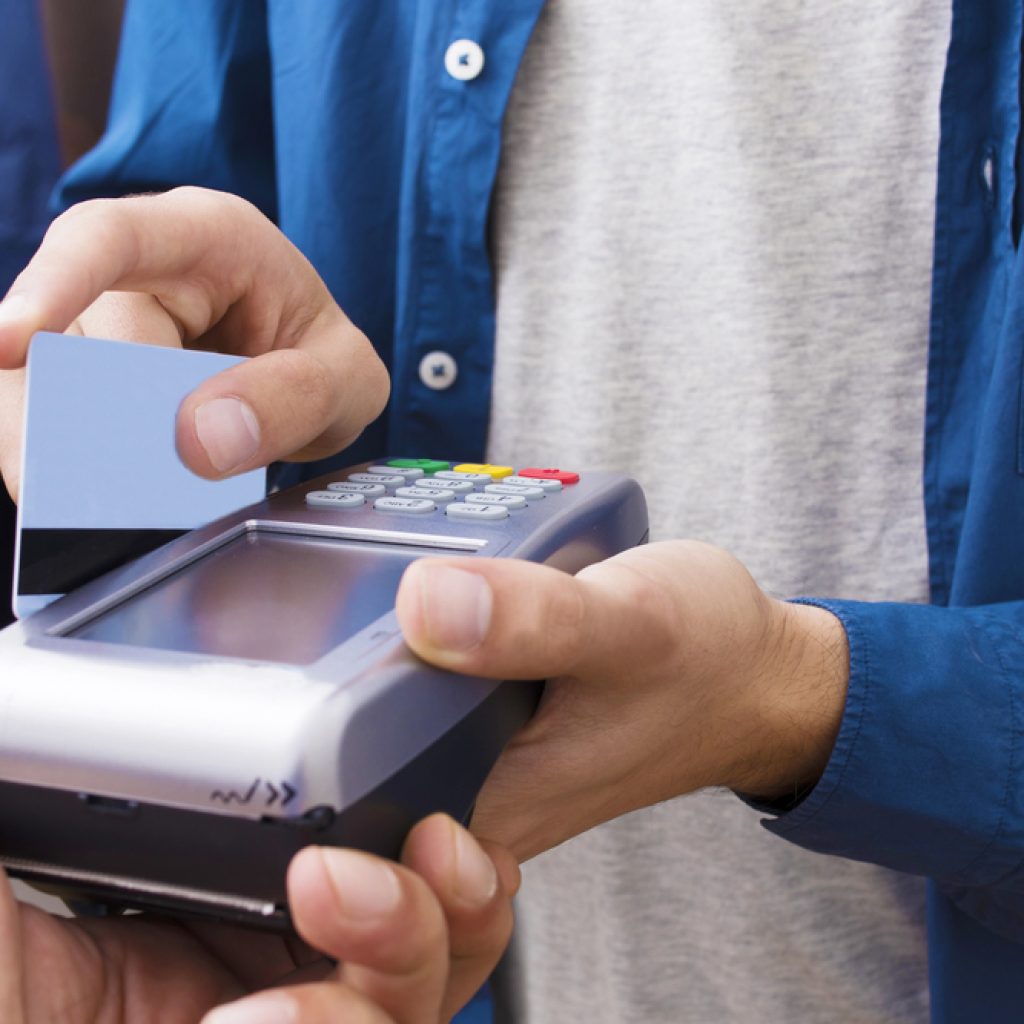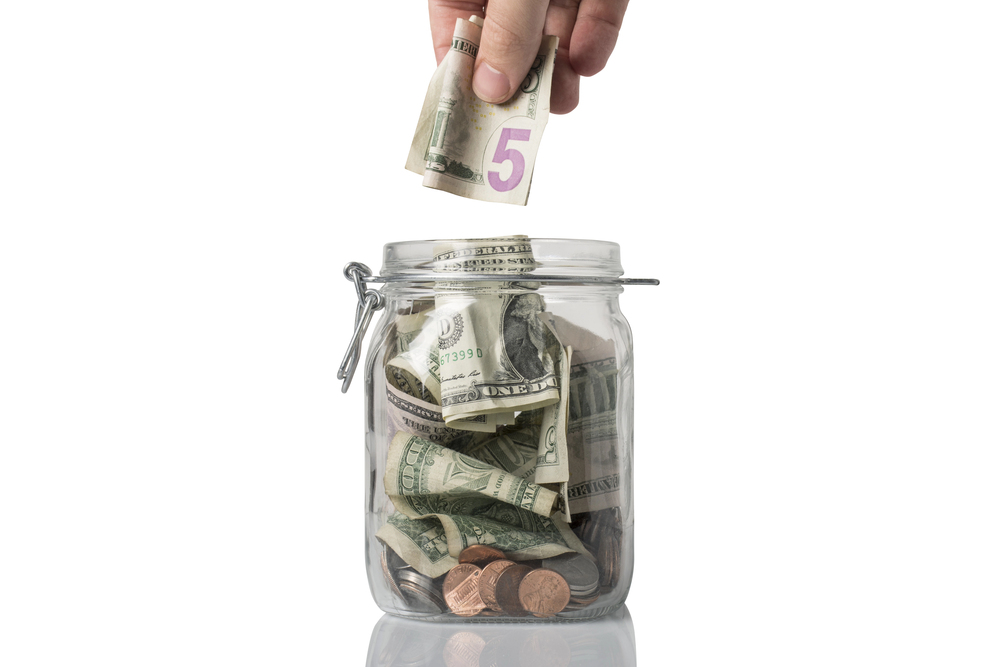Tipping in the U.S. has reached a tipping point, driven by technology, social pressure, and economic factors. While tipping is an essential way to support workers, the growing frequency and scope of tipping prompts have left many consumers feeling overwhelmed.
As businesses, customers, and policymakers navigate this evolving landscape, the future of tipping will likely hinge on striking a balance between fair wages, reasonable expectations, and maintaining the original purpose of tipping: to reward excellent service.
For travelers navigating tipping in the U.S., it’s important to stay informed and tip thoughtfully, ensuring your contributions support service workers while maintaining your own financial boundaries.
Tipping in the United States has long been a cultural norm, but in recent years, it’s reached new—and sometimes overwhelming—heights. Experts now call this phenomenon “tipflation,” as tipping expectations and behaviors escalate across a wide variety of services. With sleek new technologies and societal pressures at play, tipping has transformed into a more frequent, unavoidable expense, leaving many wondering: where is the tipping point?
The Surge in Tipping Culture
Recent data shows tipping has risen significantly in both full-service and quick-service restaurants. According to a report, in the fourth quarter of 2022, tips at full-service restaurants increased by 17% compared to the same period in 2021. At quick-service restaurants—where tipping was once rare—the tip frequency surged 16%. These numbers reveal a shift in consumer habits and expectations that goes beyond traditional tipping practices.
The Role of Technology in Tipflation

One of the primary drivers of this tipping surge is the advent of modern Point-of-Sale (POS) systems. Platforms like Square, Toast, and Clover have revolutionized payment processes, making tipping more prominent and, for many, harder to decline.
- How POS Systems Influence Tipping:
These systems typically display large, bold tipping options as soon as a customer swipes their card, with percentages like 15%, 20%, and 25% prominently featured. The design often feels deliberate—nudging customers to select higher amounts.- For instance, some systems place “No Tip” in smaller text or make it harder to locate, adding to the subtle psychological pressure.
- Timing Matters:
Unlike traditional tipping after a service is complete, many POS systems now prompt customers to tip before the service is rendered. For example, tipping before receiving your coffee or meal creates an uncomfortable dynamic where customers feel judged by the tip receiver or even by those waiting in line behind them.
Expanding Tipping Expectations

Tipping is no longer confined to traditional settings like restaurants or taxis. In 2023, tipping prompts have appeared in coffee shops, takeout counters, self-service kiosks, and even retail stores. This expansion raises questions about fairness and necessity.
Case Study: Starbucks and Beyond
When Starbucks began prompting customers for tips at in-store checkout counters in late 2022, it marked a turning point. Starbucks, known for its assembly-line efficiency, had previously sidestepped tipping prompts, but with POS technology, tipping became unavoidable. Suddenly, customers were expected to tip for grabbing a latte—often for services they once viewed as part of the purchase price.
This trend extends to other quick-service businesses, from fast food to frozen yogurt shops, where tipping was historically rare. Customers now regularly encounter tipping prompts for minimal or automated interactions, leading to growing frustration.
The Social Pressure to Tip
Tipping has always carried a social component, but today’s systems magnify that pressure.
- Face-to-Face Interactions:
Tipping prompts often occur in full view of the employee and other customers. Psychologically, this can lead to a fear of being perceived as stingy or rude, compelling many to leave a tip even when they wouldn’t have otherwise. - Guilt-Tipping:
In situations where employees rely on tips for income—such as delivery drivers, baristas, or bartenders—customers often feel guilted into tipping more, even if the base service cost has already risen due to inflation. - Tip Fatigue:
Frequent tipping prompts in everyday transactions lead to what experts call “tip fatigue.” When every small purchase or service comes with a request for extra money, customers feel drained and resentful.
A Cultural Shift: Tipping vs. Service Charges
In the U.S., tipping has traditionally been viewed as a reward for exceptional service. However, with tip prompts becoming ubiquitous and percentages creeping higher, many feel tipping is becoming an expectation rather than a choice.
Contrast this with countries like Japan or Australia, where tipping is rare or unnecessary because workers are paid livable wages. In the U.S., tipped workers often earn a lower base pay, relying on tips to make up the difference. This structural difference perpetuates the tipping culture, making it hard to break free.
When Is the Tipping Point?
With Americans tipping for more services and at higher percentages, the question remains: how much is too much?
- The Economics of Tipping:
Inflation has already increased the cost of dining out and other services. Adding a 20%-25% tip on top of higher prices makes everyday indulgences less affordable for many. - Consumer Backlash:
Frustration with tipflation has sparked debates online, with some customers refusing to tip when they feel a service charge or higher base prices should suffice. Others are pushing back by tipping lower percentages or skipping tips altogether when the service doesn’t justify it. - Business Owners’ Perspective:
Many business owners defend tipping systems, arguing that tipping increases employee earnings without raising menu prices. However, critics suggest this shifts the burden of fair wages onto customers instead of the employer.
Solutions and Alternatives to Tipflation
If tipping culture feels out of control, what can be done to address it?
- Livable Wages for Employees:
Advocating for higher base wages for service workers could reduce reliance on tips. Some businesses, like high-end restaurants, are experimenting with eliminating tipping altogether and incorporating service charges into prices. - Transparent Tipping Practices:
Businesses can reduce tipping pressure by clarifying where tips go and whether they supplement wages or fund specific initiatives, like employee bonuses. - Consumer Awareness:
Customers should feel empowered to tip based on their discretion and the quality of service. Refusing to tip for automated or minimal interactions could help shift expectations back to tipping as a reward for service excellence. - Cultural Reevaluation:
A broader cultural shift, similar to those seen in other countries, may be needed to address the root causes of tipflation. This would require collaboration between consumers, businesses, and policymakers.



Comment (0)